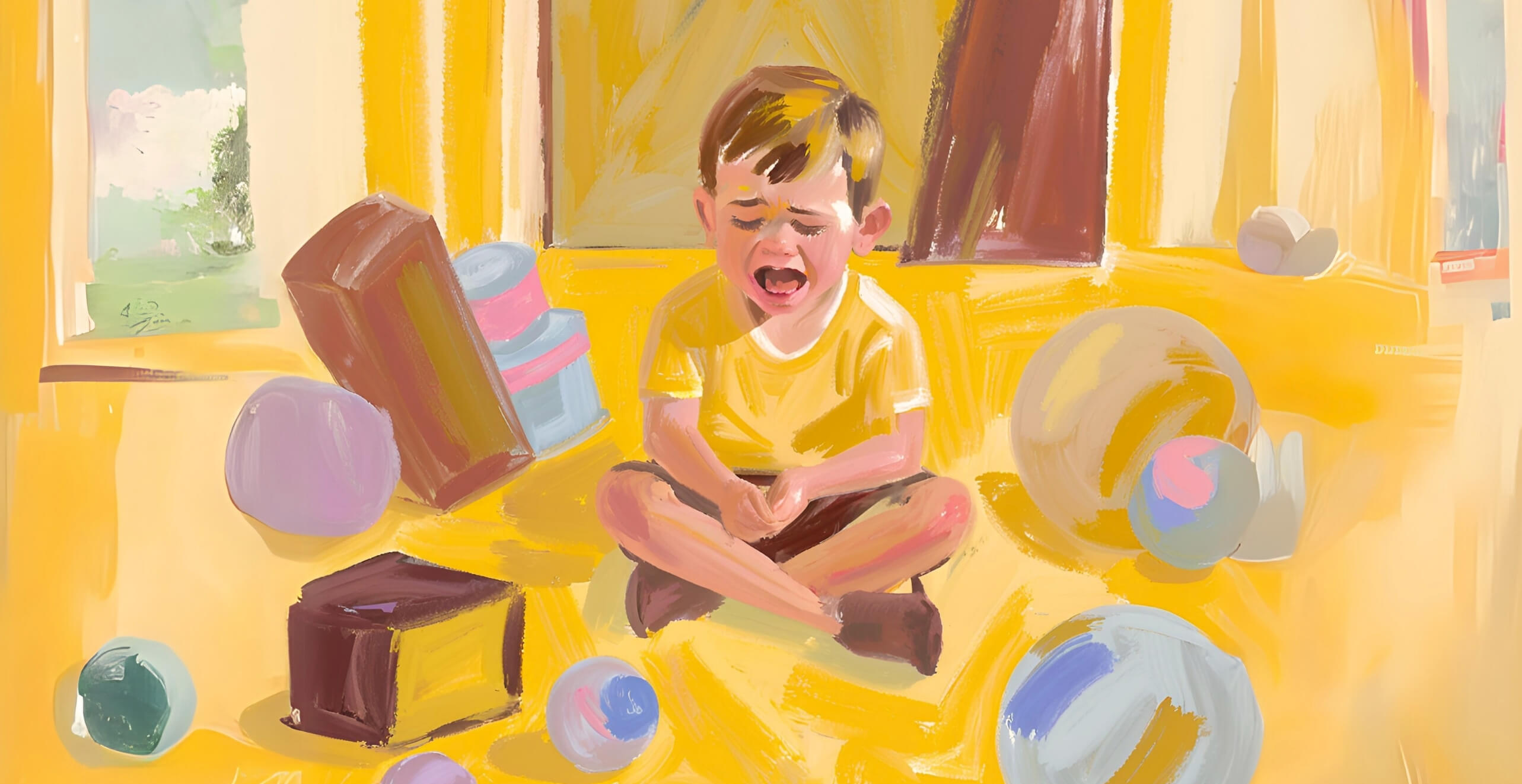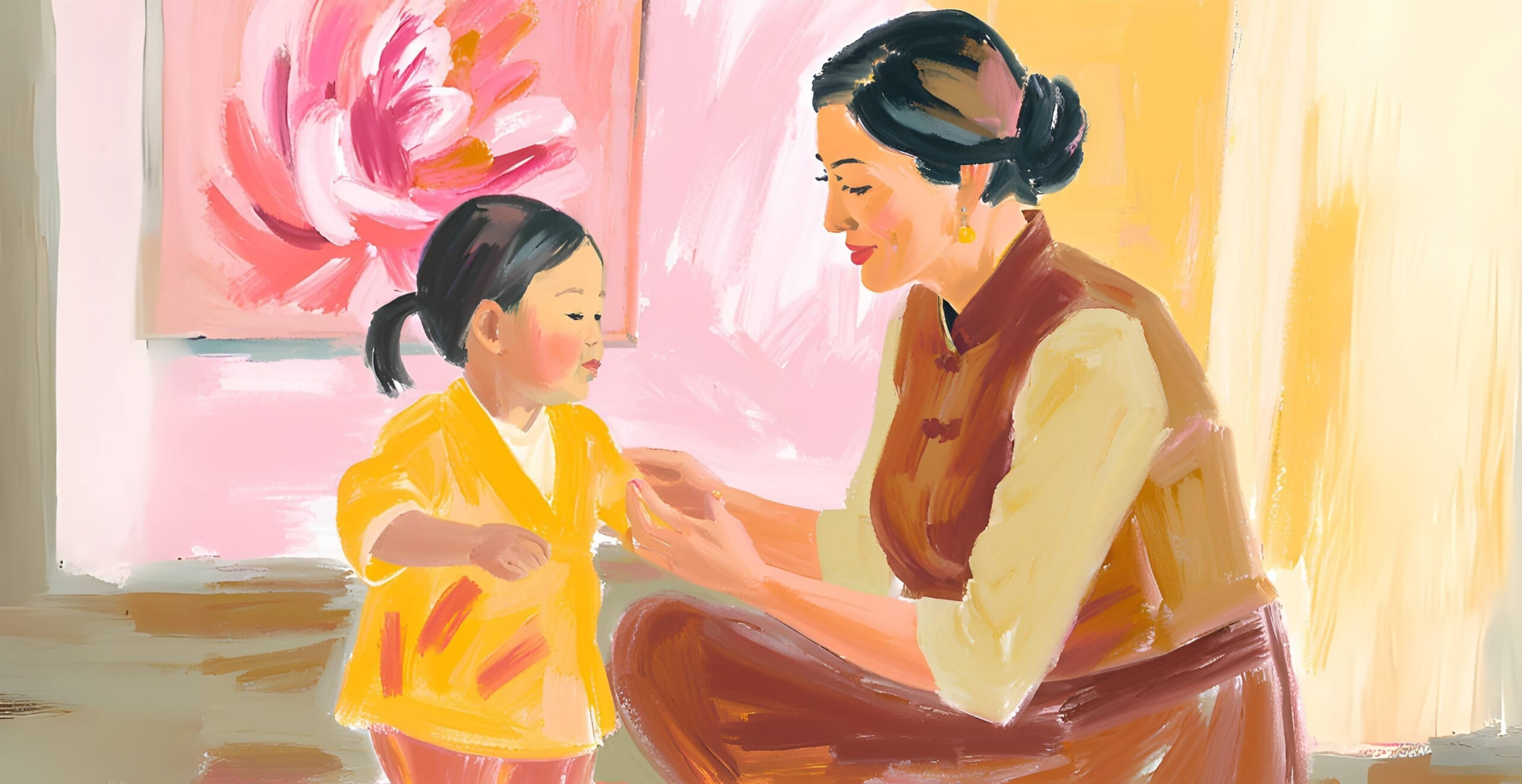
WHAT IS EMOTION REGULATION?
When faced with a challenging emotion in a difficult situation, instead of the first reaction that comes from within, the most appropriate reaction can be managed by stopping and managing the behaviour and body.
Let's examine the emotion regulation disorder together.
5 WAYS TO UNDERSTAND EMOTION REGULATION DISORDER
- If the child hits and smiles.
- If he cannot produce ideas when faced with a problem and cries or shouts when he cannot cope.
- If there is a disruption of the routine.
- If he cries or shouts when he gets the answer "no".
- If he cries or shouts when he gets the answer "no" when the teacher gets bored while teaching and wants to go out.
When the child overreacts when he does not get what he wants in games with his friends, he is excluded, the anger-sadness he experiences increases as he is excluded, and those feelings are reflected in the child's general emotional state and behavior.
If the child is acting aggressively or excessively shy, this is the brain's expression under stress. The child attacks as a result of the tension he experiences or tends to freeze and stiffen. In such cases, when the child cannot regulate himself, this should be done by primary caregivers.
WHAT CAN PARENTS DO?
- You can support the child's awareness by teaching him to recognize his feelings according to his age and by giving verbal guidance in cases where he cannot respond. "Are you very upset because your friend didn't play with you?"
- Guide them on how to relax when they are uncomfortable and have difficult emotions, the best way is through play.
- Some children calm down with physical contact, some children may need more action at that moment. Following the child's steps and moving forward will contribute to the child feeling understood.
- Making physical contact; Hugging, gently rocking him in the lap and singing a lullaby he likes, massaging with an oil-cream-powder he likes, allows the cortisol level to return to normal.
GAME SUGGESTIONS
Games that will contribute to recognizing emotions and providing regulation in children.
EXPLAINING FEELINGS BY CONCRETELY
It is very important to structure emotions according to the age group; while 5-6 year olds can give examples of why they feel the way they do by drawing emotional faces on paper, younger age groups generally name emotions as good and bad, caregivers can perform an emotional theater by making masks out of cardboard faces drawn on paper.
You can stage the emotions in the book you are reading with their toys.
ACTIVE GAMES IN PROVIDING EMOTION REGULATION
Some children may need more active games to meet their need for high movement in providing regulation, in such cases you can hold hands and experience games with more movement.
The important point in active games is to return to the centre, calmness, and a safe area after the active game.
GAME SUGGESTIONS;
- Holding your child's hand tightly but affectionately; jumping!
- Shaking and turning in an age-appropriate manner.
- Gathering and organizing games; Puzzle and Jenga.
- Building a city with tactile toys; water-soil-shaving foam.
- The cold effect! Playing with ice. Playing the freeze and thaw game accompanied by music.
- Jumping rope, tug-of-war games (You can do this by tying a rope between two chairs and walking over them together, in an age-appropriate manner, for the younger age group.




